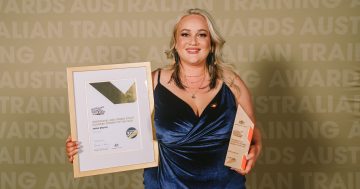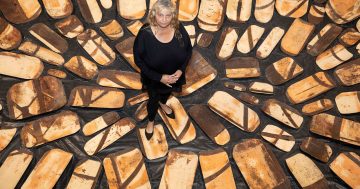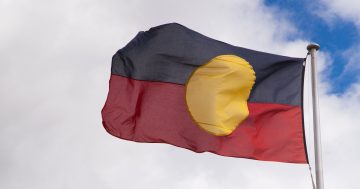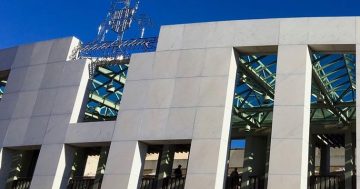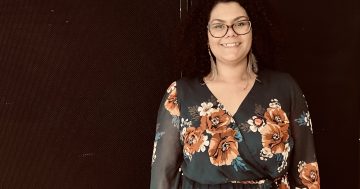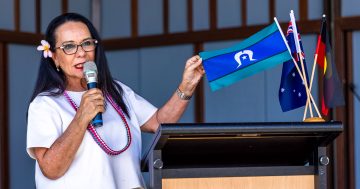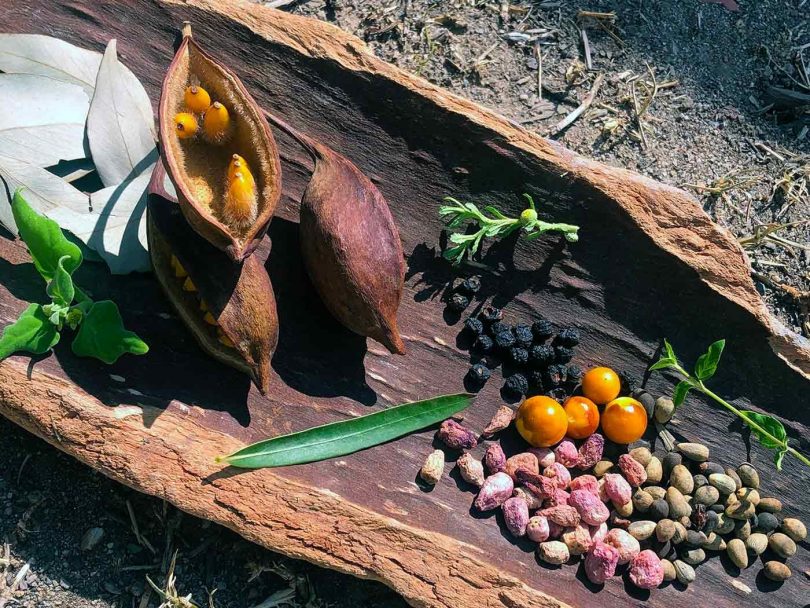
Indigenous biodiversity knowledge is a valuable resource. Photo: National Museum of Australia.
New research into how best to recognise and protect Indigenous traditional knowledge has recommended a model grounded at community level and controlled by First Nations people.
The recently released Garuwanga Report presents to the government a pathway to preserving Indigenous biodiversity knowledge in a way that benefits Indigenous Australian communities.
The report notes that Australia has been grappling with how to protect Indigenous knowledge and culture for more than four decades.
“Aboriginal and Torres Strait Islander knowledge matters not only to Aboriginal and Torres Strait Islander communities, but also to society at large because of its spiritual, cultural and economic significance,” it states.
“Indigenous communities around the world hold knowledge critical to the conservation of biological diversity and natural resource management.”
“However, there are too many cases where such ‘traditional’ knowledge has been misappropriated and exploited through the practice of bio-piracy.
“This unlawful taking of biological resources and associated Indigenous traditional knowledge, often with little or no compensation to the Indigenous community, represents the continuing dispossession of these communities and can prevent them from engaging in industries based on their ‘traditional’ knowledge.”
The study was led by Natalie Stoianoff, director of the intellectual property program in the University of Technology Sydney’s faculty of law.
It was developed in the context of the United Nations’ Nagoya Protocol, which aims to provide legal mechanisms for First Nations communities around the world to benefit from the use of their own traditional knowledge.
“The Garuwanga project’s proposals provide opportunities for the realisation of Indigenous people’s rights and interests in biodiversity and traditional knowledge and at the same time ensure sound conservation and protection of Australia’s biodiversity heritage for the benefit of all,” Professor Stoianoff said.
“Australia currently has no dedicated laws to protect Indigenous biodiversity-related knowledge.
“The Garuwanga report offers an important framework within which to develop ways of protecting this important knowledge.”
The research suggests there should be more than one delegated authority – legally known as a competent authority – across various levels instead of just one national body.
My Public Sector
Garuwanga sets out options for legal structures for an Indigenous organisation to operate as a competent authority, regulating access and benefit-sharing of Indigenous biodiversity knowledge.
The report’s proposals provide for a tiered approach, with models for competent authorities established at local, regional and national levels.
“These competent authorities should be self-determining entities, independent from government, controlled and managed by Aboriginal and Torres Strait Islander peoples,” Professor Stoianoff said.
“Australia has some of the most important areas of biological diversity in the world, which have also been subject to severe and ongoing loss resulting from development and the impacts of human-induced climate change.
“Loss of biodiversity also results in the erosion of First Nations communities’ traditional knowledge and practices associated with biodiversity by demands from science, industry and other sectors for commercial products that are derived from, or which include elements of traditional knowledge.”
Analysis of the consultations in the Garuwanga project shows that a national competent authority is not enough for the governance of a regime that protects, facilitates access to and benefit-sharing from such access to Indigenous knowledge.
The analysis identified features that a competent authority should have.
These features include: clear purpose; security of tenure; secure funding; independence from government; sound governance; Aboriginal and Torres Strait Islander leadership and employees; capacity strengthening protocols; protocols for facilitating local and/or regional competent authority operations; sound decision-making protocols; and databases with robust security.
People in a specific community or region should be empowered to determine the form of competent authority that is best suited to their needs at a local level.
In this way, First Nations communities would be able to exercise self-determination.
“For self-determination to be achieved by Aboriginal communities, a more local or regional response is required with the national body providing support to such local or regional authorities while satisfying international reporting requirements that Australia may have under its international obligations,” the report states.













